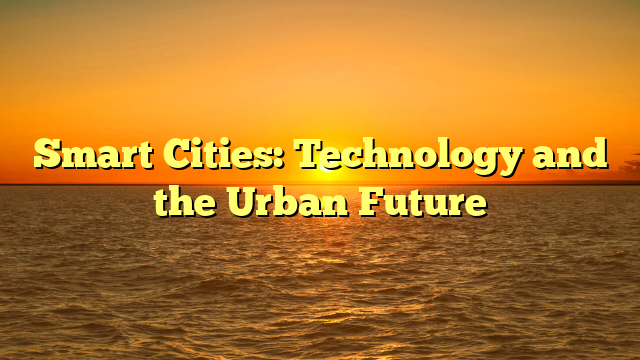
Smart Cities: Technology and the Urban Future
As populations grow and urbanization accelerates, cities face mounting challenges in transportation, housing, energy, and public services. Smart city technology offers innovative solutions by integrating digital systems into urban infrastructure. Using sensors, data analytics, and artificial indo168 intelligence, smart cities aim to improve efficiency, sustainability, and quality of life for their residents.
Transportation is one of the primary focuses of smart city initiatives. Intelligent traffic management systems use sensors and real-time data to reduce congestion and optimize traffic flow. Smart parking solutions direct drivers to available spaces, saving time and fuel. The rise of autonomous vehicles promises to further revolutionize urban mobility by reducing accidents and improving efficiency.
Energy management is another critical area. Smart grids allow cities to monitor and adjust energy consumption dynamically, reducing waste and integrating renewable sources more effectively. Buildings equipped with smart meters and energy-efficient designs can track and minimize electricity use. These innovations not only lower costs but also contribute to environmental sustainability.
Public safety is also enhanced in smart cities. Surveillance systems with AI-powered recognition tools help authorities respond more quickly to emergencies. Disaster management technologies, such as early warning systems for floods or earthquakes, can save lives by providing timely alerts. However, these tools also raise concerns about privacy and government overreach, requiring careful oversight.
Smart cities also aim to make government services more accessible. Digital platforms allow residents to pay taxes, apply for permits, or report issues online, reducing bureaucracy and increasing transparency. E-governance strengthens the connection between citizens and authorities, fostering trust and efficiency.
Healthcare in smart cities benefits from telemedicine, remote monitoring, and health data integration. These tools enable doctors to provide better care while reducing the strain on hospitals. For example, wearable devices can send patient data directly to physicians, allowing for preventive care and faster response times.
Despite these advantages, smart city development faces challenges. Implementing advanced technologies requires substantial investment, which not all cities can afford. Cybersecurity threats also pose significant risks, as hackers could target critical infrastructure. Furthermore, issues of digital inequality may arise, as not all residents have equal access to the benefits of smart systems.
In conclusion, smart cities represent the future of urban living. By harnessing technology, they offer solutions to some of the most pressing challenges of modern society. Yet, success depends on balancing innovation with inclusivity, security, and respect for privacy. If done right, smart cities can create environments that are not only efficient and sustainable but also humane and equitable.



